Arrival & Transport
Useful information for first time visitor in Athens and attendee.
The Athens public transportation network offers a wide range of routes, combining many different means, including the metro.
T (+30) 210 6833600
E info@wtc2023.gr
W www.convin.gr
Copyright 2024 GTS | Hybrid Congress Policy | Privacy Policy | Cookie Settings
Developed by LogicOne
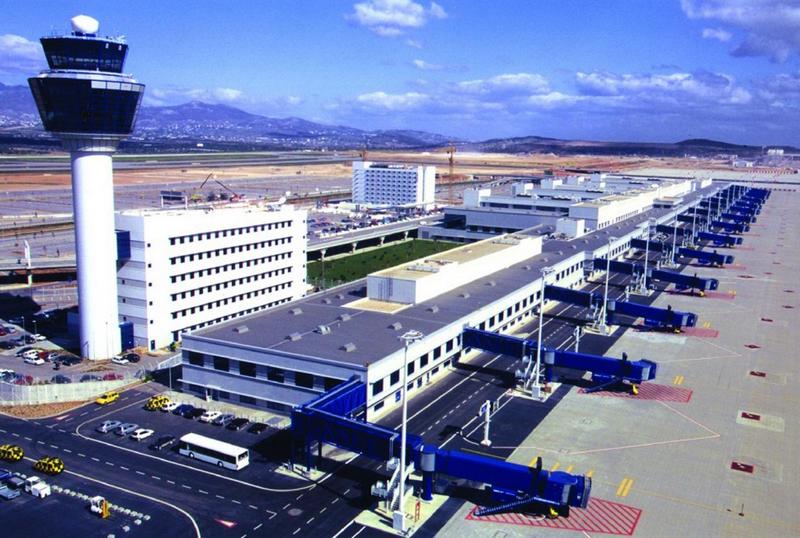
Athens International Airport is connected with more than 30 domestic destinations and around 60 European cities. It also hosts more than 15 direct flights overseas to America, Asia and Africa.
AIA is part of the Support team of the Conference. Its contribution will include the safe, comfortable and unobstructed movement of the participants and visitors affiliated with WTC 2023.
For more information please visit https://aia.gr
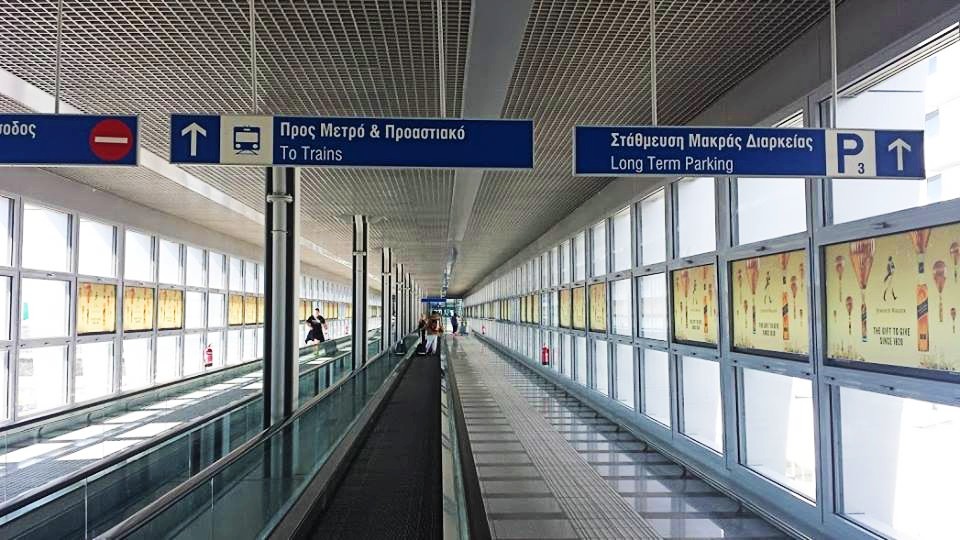
Metro
Metro Line 3 (Blue Line) connects the airport of Athens to the city center. Trains depart every 30 minutes, 7 days a week from 6:30 a.m. to 11:30 p.m. approximately. You will need around 40 minutes to get from the Airport to Syntagma station (city center). The ticket costs 9 euros. You can use it for 90 minutes from the time you first validated it.
Suburban Train (Proastiakos)
The Suburban railway connects the Athens airport with the Athens Central Railway Station (Larissis Station). This station gives you access to Metro Line 2 (Red Line) as well as the National Railway network. The train makes this journey every 60 minutes from around 6:00 a.m. to 10:00 p.m.. The ticket costs 10 euros.
Important note: The Suburban railway departs twice every hour from the Athens Airport to Plakentias station, where you can change trains and continue to the city center with Metro Line 3 (Blue Line), using the same ticket.
Ιmportant note: The congress venue (MAICC) is located very close to the city center, with a metro station (Megaro Moussikis) just outside the venue.
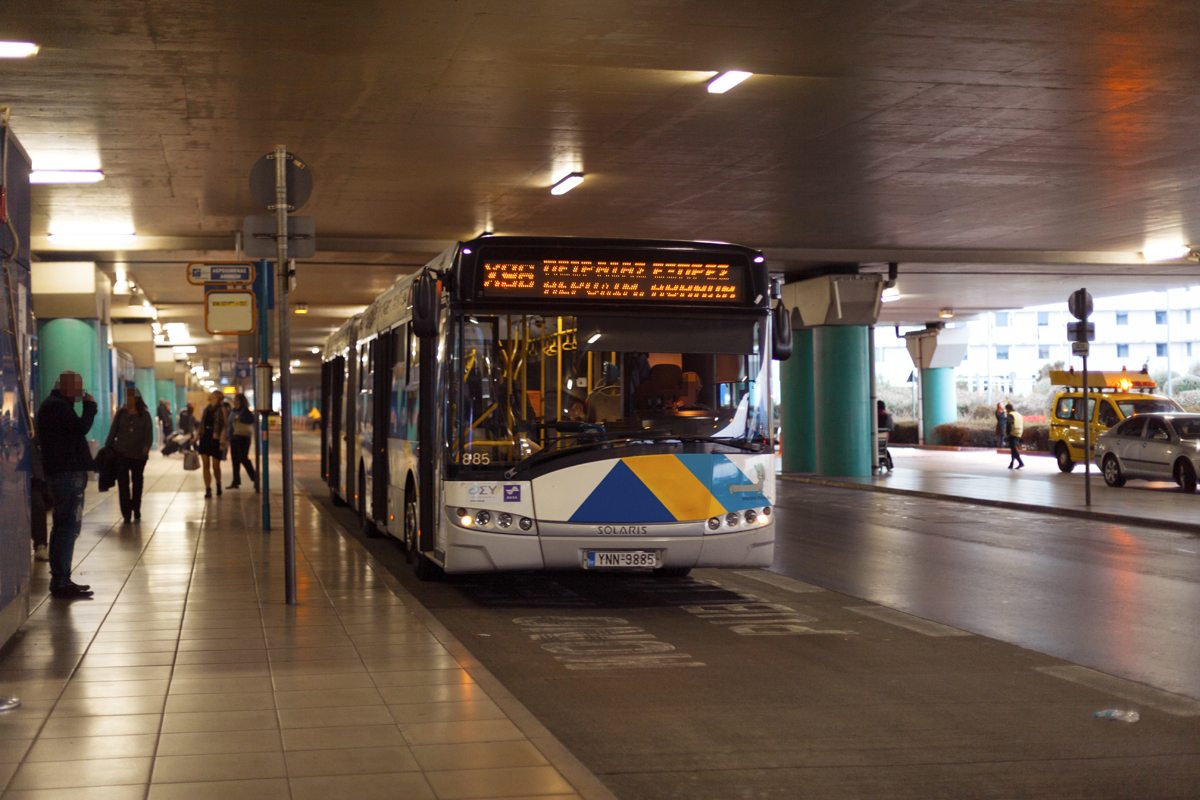
24-hour express buses
There is a bus that connects central Athens (Syntagma Square) to the Athens International Airport (AIA) “Eleftherios Venizelos”. This bus is called X95. Service is provided on a non-stop basis seven days a week (24/7 operation). This bus disembarks passengers at the Departures Level and starts its route from the Arrivals Level between Exits 4 and 5. The route lasts about one hour. Tickets can be bought directly by the driver at no extra cost. The ticket costs 5,50 euros.
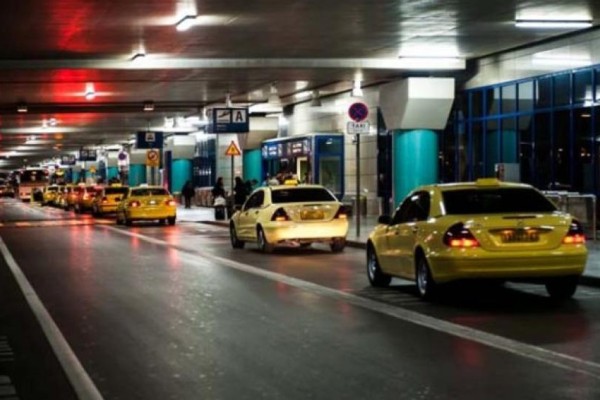
Taxi
Visitors to Athens can choose from a variety of taxi companies for their transportation. Taxis at the airport are available at the designated waiting area located at Exit 3 at the Arrivals Level. A taxi from the airport to the city center costs a flat rate (including luggage, VAT and road tolls) of 35 euros from 5:00 a.m. to midnight, and 49 euros from midnight to 5:00 a.m.
There are various taxi companies operating in Athens that offer ride – hailing services, such as Uber and Free Now. Travelers have many options available to them and can head to the one that best meets their needs. Professionals offers high-level turning visitor’s stay in Athens into a unique experience.
Download the application, of the taxi service you chose, from your device’s store and register. Then, follow the instructions, call your taxi and enjoy your stay in Athens. Through the application, you can find the best taxi drivers in Athens, 24 hours a day, 365 days a year. You can pay easily with card or cash, 24 hours a day, 7 days a week, with no hidden fees.
The Athens Metro system encompasses three lines:
Line 1. Green Line, from the port of Piraeus in the south of Athens to the suburb of Kifissia in the north.
Line 2. Red Line, from Anthoupoli in the northwest to Elliniko in the south.
Line 3. Blue Line, from Dimotiko Theatro in the west to either the Airport or Doukissis Plakentias in the northeast.
Lines 1 and 2 meet at Attiki and Omonoia stations. Lines 1 and 3 meet at Monastiraki station. Lines 2 and 3 meet at Syntagma station.
The most common tickets are:
A regular 90-minute single ticket for all means of public transport (Airport excluded) costs 1,2 €.
A daily ticket for all means of public transport (Airport excluded) costs 4,1 €.
A 3-day tourist ticket for all public transport means with 1 two-way ticket for the Airport included is at 20 €.
For more information regarding the public transportation tickets please click here.
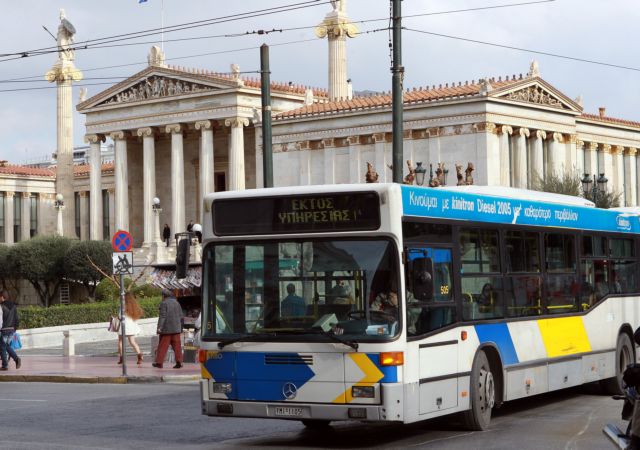
Taxis
Taxis offer a 24-hour service and are quite cheap. They can be hailed down on the street or otherwise picked up at taxi stands around major tourist places such as Monastiraki and Syntagma. You can also book a taxi by calling on any of the following numbers: 18222, 18300, 18288 or 18180.
Buses
There is a huge network of buses and trolleys (electric buses) that operates in Athens and its suburbs. They usually operate from around 6:00 a.m. until 11:00 p.m. approximately. You may have more information on the timetables here. One ticket costs 1,20 euro and can be used for 90 minutes from the time you first validated it. It is virtually the same as the one you use at the metro. This is why it can be bought in special kiosks around town but also inside all Metro Stations.
Other means of transportation
There are more means of transportation that can help every traveler explore Athens, such as: car or motorcycle rental, bicycle or electrical scooter rental, as well as some more touristic choices, like the Hop-On Hop-Off bus and the Happy Train.
Tarcisio Celestino was previously ITA President (2016-19) and President of the Brazilian Tunnelling Committee. He was the Animateur of the ITA Working Group 12 on Sprayed Concrete Use (2005-10). He earned his doctorate degree in Civil Engineering (Rock Mechanics) from the University of California, Berkeley (1981).
He is currently Professor at the University of Sao Paulo and employed by Themag Engenharia Ltda., Sao Paulo (Brazil), where he leads the Geotechnical Engineering, Engineering Geology &Transportation Engineering Design Groups. He is also responsible for the geotechnical designs of several hydroelectric power plants, subways, highways etc., including major underground works (since 1990). He has also acted as consultant.
Professor Celestino continues to contribute his knowledge for the graduate courses & research areas on Rock Mechanics & Underground Works, at the São Carlos Engineering School, University of São Paulo and for the ITACET Foundation.
Our destination is the exploitation galleys of one of the largest underground mines of Attica. The chambers of metal extraction, rich in recognisable minerals, combine the mystery of ancient drifts with the beauty of caves. We will wander underground for up to 3 hours and explore the maize of drifts, the chambers supported by natural as well as carved-out pillars and the stalactites decoration reminiscent of natural caves. Each of the routes we follow hides surprises waiting to be discovered!
After we will visit the great “Chaos” sinkhole, a heart-shaped sinkhole formation 150m in diameter and 55m deep. This chiasm may have been formed by the collapse of a cave roof as many of the area’s mining tunnels end there.
Scientific theme: Underground mining activity in Lavrio
Duration: 6 hours inclusive
Detailed program
9.30-10.30 Athens-Lavrio
10.30-13.30 Underground mines
14.00-14.30 Stop at dolin “Chaos” and return to Athens
14.30 – 15.30 Lavrio-Athens
Cost per person: 40,00 €
*limited participation on a first come first served basis. In case participants are less than 20, the respective event will be cancelled and a refund wil be given.
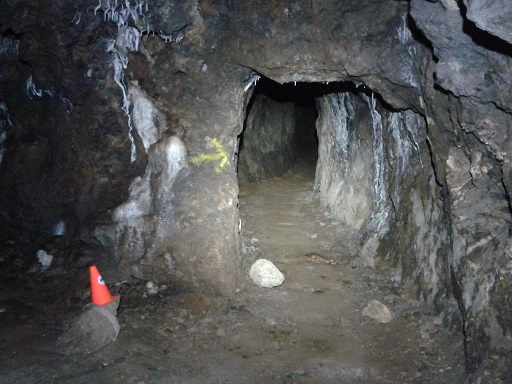
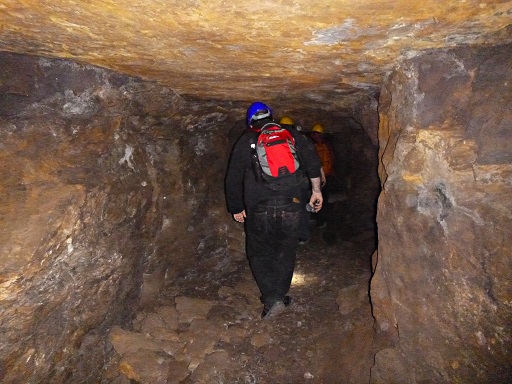
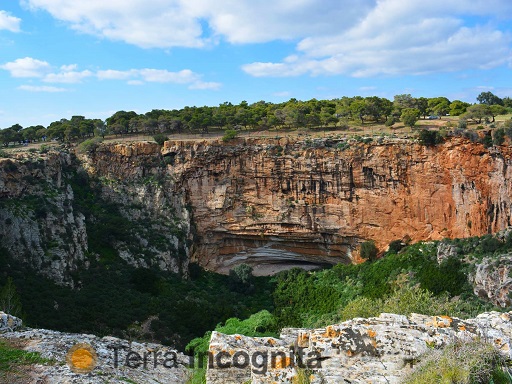
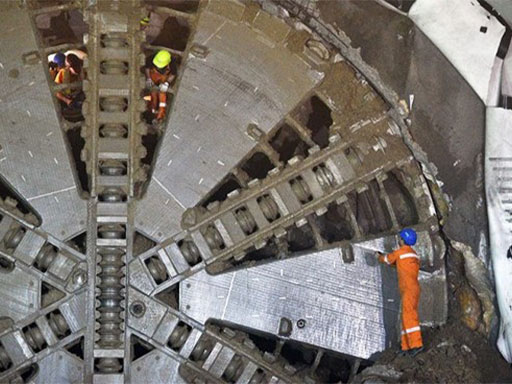
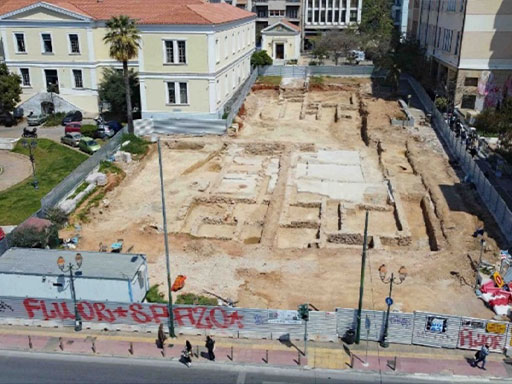
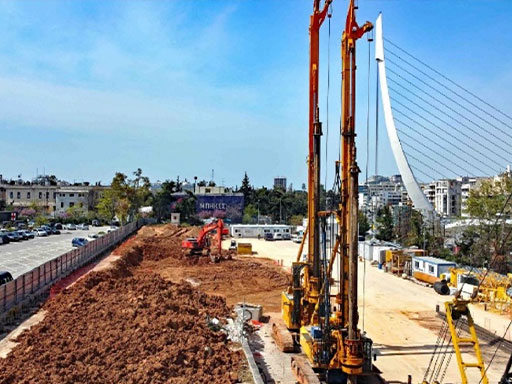
How many surprises can the Athens underground have in store for its visitors? The stroll will start from underground shelters and detention areas of the German Kommandatur, remnants of the 2nd World War in Athens. Then, we will take the steps that start off under a timeworn trap door on the side of a road or hidden away in a sidewalk flower–bed, that will lead us in a different, forgotten underground area of the city! For hundreds of years, underground pathways have been used for various and mysterious purposes. Some say that all underground pathways are interconnected although there is no proof of this. Nevertheless, the allure of an unknown world is always there, beneath the ground we walk on. We lift up the antiquated hatch and descend the stone steps. In the catacomb, we come across tunnels of ancient aqueducts, roman baths and byzantine crypts. The Athens river is also found hidden below the ground, running in old galleys under the most central streets of Athens – we can hear the cars passing over our heads!
We invite you to discover together the hidden secrets of our city!
Scientific theme: underground constructions of the 19th and 20th century.
Duration: Maximum of 4 hours.
Detailed program:
11.00 Meeting outside Metro Station Panepistimio
11.30 Memorial Site (Korai Street). Two-level underground shelter below the Mansion of Ethniki Insurance Company.
13.00 Catacombs of the Russian Church (Filellinon Street). Inside the catacombs a tunnel and a shaft from ancient Peisistratus aqueduct, ruins from roman baths and crypts of the Byzantine order of Likodimos -11th century.
14.00 Ilissos River (area of Panathenaic Stadium). The buried riverbed of Athens river Ilissos.
Cost per person : 35,00 €
*limited participation on a first come first served basis. In case participants are less than 20, the respective event will be cancelled and a refund wil be given.
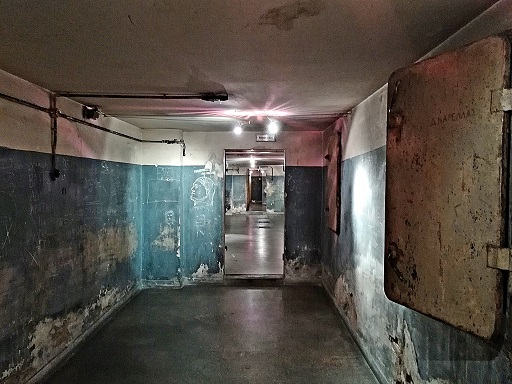
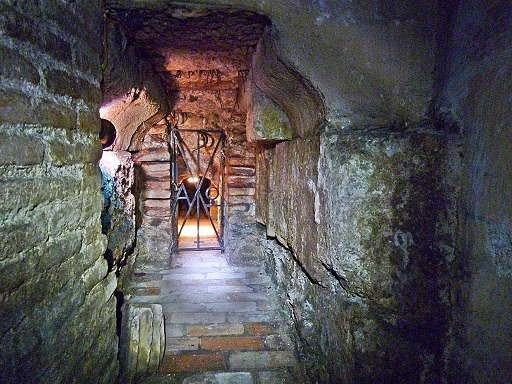
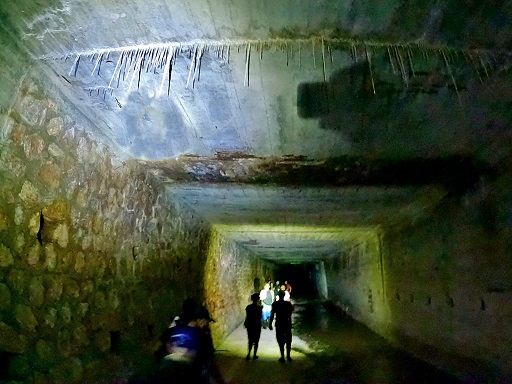



Professor Kyriazis Pitilakis has more than forty years of intensive academic, research and professional experience in civil, earthquake and geotechnical engineering. Vice-President of the European Association of Earthquake Engineering (EAEE), ex- Chairman of the Technical Committee “Geotechnical Earthquake Engineering andAssociated Problems” (TC203) of the International Society of Soil Mechanics and Geotechnical Engineering (ISSMGE), and past President of the Greek Society of Earthquake Engineering. He is presently Professor Emeritus in Aristotle University, Thessaloniki, Greece and since 2019 visiting Professor in Tongji University, International Laboratory of earthquake Engineering (ILEE), Shanghai, China.
Coordinator and scientific responsible of numerous European research projects, namely EUROSEISTEST and SYNER-G, he has a long experience in European research activities in earthquake engineering, geotechnical engineering, vulnerability and risk assessment of civil engineering structures, infrastructures and lifelines. According to the recent Stanford classification he is among the top 10 leading researchers in Civil Engineering in Greece, and among the top 10 leading international researchers in specific topics like Soil Dynamics, Engineering Seismology and Geotechnical Earthquake Engineering.
Chairman of several international conferences including the 16th European Conference of Earthquake Engineering, Thessaloniki 2018 and invited keynote lecturer in many International Conferences. Author of more than 650 scientific papers (h-factor 57) published in peer review scientific journals, and conference proceedings, author and co-author in several books, editor of four books published in Springer Editions, all in relevant subjects of earthquake engineering, seismic risk and geotechnical earthquake engineering. Professor Kyriazis Pitilakis is founder and coordinator of EUROSEISTEST, a large scale experimental facility in earthquake engineering, soil dynamics and engineering seismology that is unique in Europe and worldwide. He supervised more that 30 PhD thesis and numerous of his students hold academic positions in Greece and worldwide.
Professor Kyriazis Pitilakis is strongly involved in the ongoing revision of EC8 (Part 1-Seismic Actions and Part 5-Seismic design of foundations, retaining structures, soilstructure interaction, liquefaction, slope stability and underground structures), while he has been international expert for the revision of other seismic codes worldwide.
He is member of the editorial advisory board in Springer editions (Geotechnical, Geological and Earthquake Engineering), member of the editorial board and reviewer of numerous scientific journals and member of many international societies in earthquake and geotechnical engineering.
Honors: Chevalier dans l’Ordre des Palmes Academiques, French Republic.
Thessaloniki 06.06.2022
The 12th Muir Wood lecture will be delivered by Professor Marc Panet during the WTC2023 in Athens. His nomination being a Muir Wood lecturer was proposed by the French Tunnelling & Underground Space Association (AFTES) as per ITA’s Statues and By-laws.
Marc Panet graduated in Civil Engineering at the École des Mines de Paris and obtained a Master degree at the University of California at Berkeley. He started his career in 1965 at the Laboratoire Central des Ponts et Chaussées, in Paris, where he was a Research Engineer, Head of the Geotechnical Department and Technical Director. In 1982 he joined the SHP Group, in Paris, as Scientific Director. From 1984 to 1996 he was the President and CEO of SIMECSOL; and from 1996 to 2000 President and CEO of FC International SA. Since then he has been working as a consultant. He taught at the École Nationale des Ponts et Chaussées, at the École des Mines and at the École Centrale des Arts et Manufactures, in Paris.
Marc has been in charge of numerous studies in geotechnical engineering for underground works, highways, bridges, and natural hazards. Among the main projects are: the Mont Blanc Tunnel (11.6km), the Frejus Road Tunnel (12.9 km), the Large Electron–Positron Collider (CERN in Geneva), the Channel Tunnel (from 1967 to the end of the construction), the Millau Bridge, the Loetschberg Base Tunnel (43 km), subways in Paris, Rennes, Caracas, Athens and Algiers, the slides of the city of Constantine (Algeria), the project of the suspended bridge on the Straits of Messina (Italy) and the project of the cable-stayed bridge on the Golden Horn (Turkey). He is presently involved in a large number of geotechnical projects.
He is the author of a large number of publications in professional journals and international conferences and of the well-known book “Calculation of tunnels using the convergence-confinement method”.
Marc Panet is a Honorary Member of the French Academy of Technology, Knight of the National Order of Merit and Knight of the Order of Academic Palms.